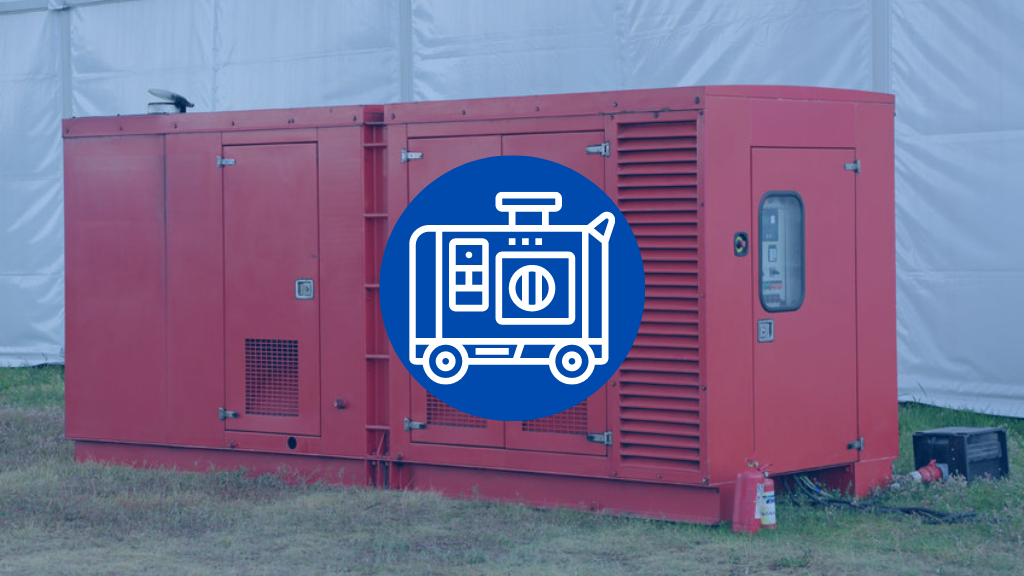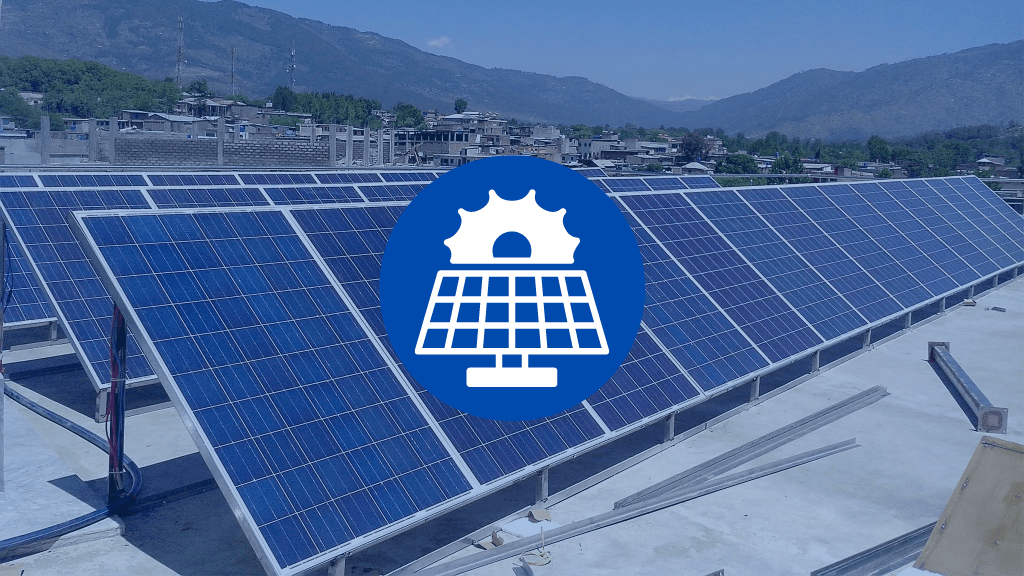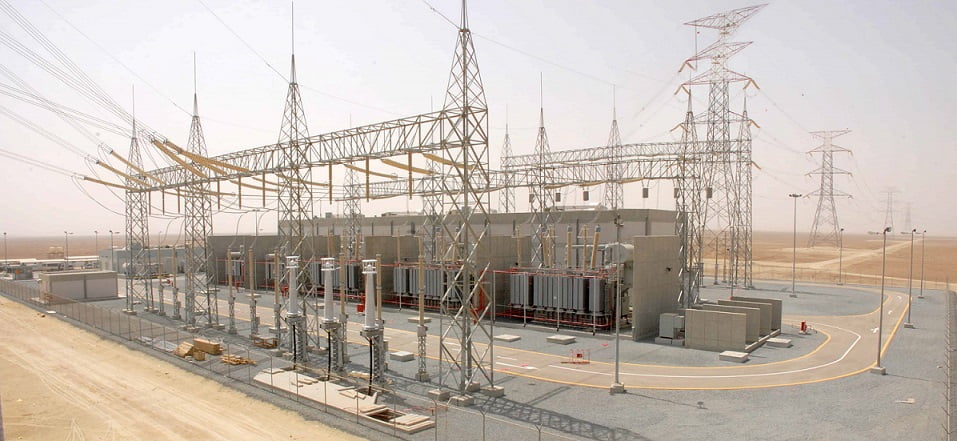
GENERATOR CANOPY MANUFACTURER

GENERATOR INSTALLATION SERVICE


Earthing means connecting the neutral point of a supply system or the non –current carrying metal parts used in electrical distribution system to the general mass of earth by wire of negligible resistance in such a manner that at all times an electrical discharge of electrical energy takes place without danger. This brings the body of the equipment to zero potential and thus will avoid the shock to the operator.
A conductor or group of conductors in intimate contact with and providing an electrical connection to earth.
The resistance of an earth electrode to earth.
The potential difference between a grounded metallic structure and the point on the earth’s surface separated by a distance equal to the normal maximum horizontal reach approximately one meter.
The potential difference between two points on the earth’s surface separated by a distance one pace, that will be assumed to be one meter in the direction of maximum potential gradient.
A system of grounding electrodes consisting of inter¬ connected connectors buried in the earth to provide a common ground for electrical devices and metallic structure.


